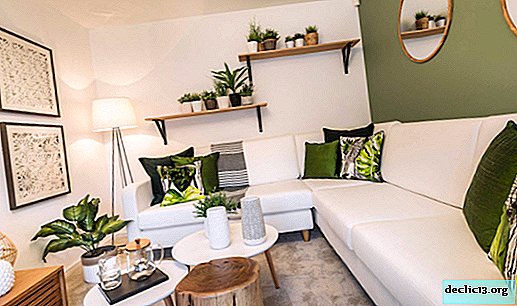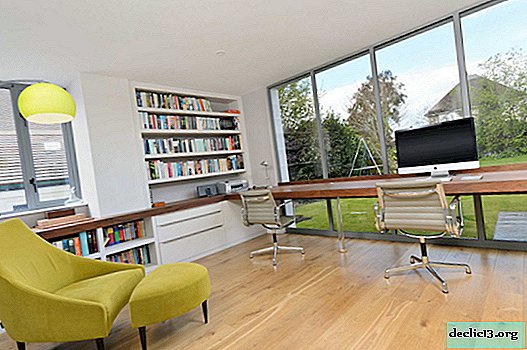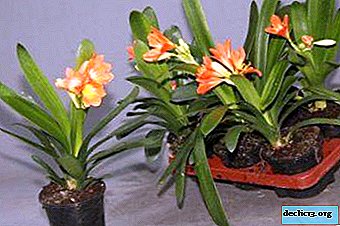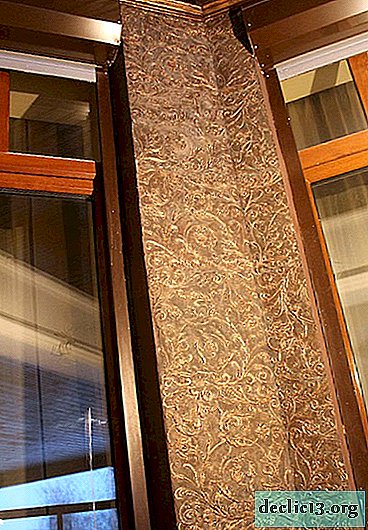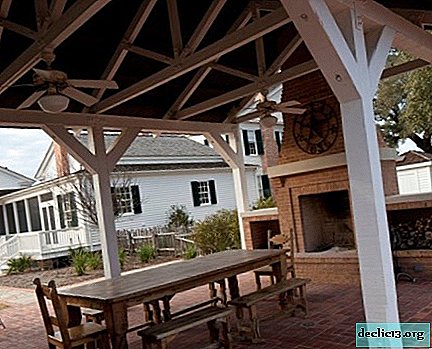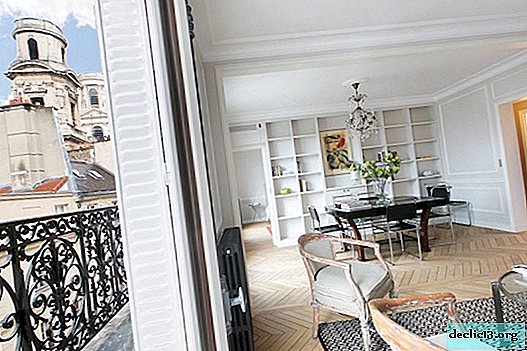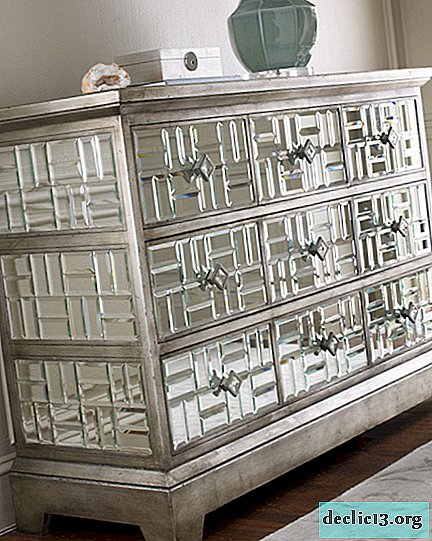Panaji, Goa - what attracts tourists to the state capital
The city of Panaji (Goa) is the capital of the smallest state in India. Once in the city, many tourists are surprised to find something Indian here, but they find more typical signs of the Mediterranean port resort with characteristic narrow streets, residential buildings with red, tiled roofs, white temples and a crowded promenade.
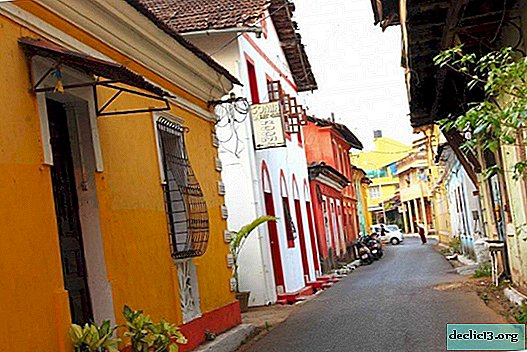
Photo: Panaji city
General information
Panaji has nothing in common with a traditional Indian city. The resort stands out for its intricate network of streets, small houses and a modern port that accepts ships from all over the world. Due to the mixture of cultures and religions, a special flavor is felt here. Unique architectural monuments dating back to the 12th century have been preserved here.
Interesting fact! The name is literally translated - land where there is no flood.
The first mention of Panaji is connected with the events of 1107, when the Arab sheikh ordered the construction of a castle at the mouth of the Mandovi River. During the reign of the monarch Manuel, who was popularly called Potrugalsky, the settlement from an ordinary port turned into the capital and was called Nova Goa.

It is noteworthy that the resort became the capital of Goa three times:
- 1843 - Old Goa was covered with silt, so it was decided to move the capital to Nova Goa;
- 1961 - Goa became part of India and Panaji again became the capital;
- 1987 - the status of the capital was officially assigned to the city.
Modern Panaji is a small resort with a population of about 100 thousand people. At the same time, the settlement is considered the scientific and cultural center of the region.
Good to know! Panaji is conveniently located from a geographical point of view - there is a seaport, an airport terminal, a railway station.
The city is divided into several areas, you can get around them all in just half a day:
- Kampal - located in the western part of Panaji, the main tourist sites - city park, cultural park, cinema, market;
- Altino hill is part of the Fontaines area, it is especially pleasant to walk here, and from the top of the hill you can see the whole Panaji, residences of influential families and a bishop are built on Altino;
- Fontaines is the most beautiful area, it most resembles Portugal, here you can find houses of various shades, lots of greenery and fountains, the most popular is Phoenix;
- Sao Tome - the area most accurately conveys the atmosphere of Portugal - small houses with tiled, red roofs.

Panaji and its environs are rich in vegetation, which grows only in this part of the globe. On the territory of the three reserves, various species of animals and birds live in natural conditions. The beaches of Panaji, covered with white sand, are especially popular.
As for the climate - characteristic of the tropics. In summer, the air warms up to +32 degrees, in winter does not drop below +20 degrees. In July, a long monsoon period begins, which lasts until the beginning of autumn.
Sights
In Panaji, the rich architectural and cultural heritage of the Portuguese conquerors has been preserved. In any corner of the village you will find interesting sights - bits of history that you can follow - how Panaji has changed.
Fort Flight Magos in India
The attraction is located opposite Panaji, namely on the northern bank of the Mandovi River. Translated from Portuguese, the name means - three kings. We are talking about the three magicians who presented gifts to Jesus after his birth.
Interesting fact! In addition to the old fort, the village also houses the oldest temple in the Bardez region (India).
A defensive structure was built in the 15th century on the orders of the Indian Shah. Then the fort passed to the Portuguese, who strengthened it, expanded it and provided it with a long-range gun. In the 18th century, the British fleet managed the port for a short time. Having returned the building to themselves, the Portuguese organized a prison in it.
To this day, the attraction has been preserved very well and still represents an interesting object of military architecture. The building is built in tiers, which are connected by steps.

After a thorough restoration, the fort turned into a large museum complex. Schedule: daily except Monday from 9-30 to 17-00. Entrance is paid - 50 rupees or $ 0.70. Only shooting on the phone is allowed, for shooting on a professional camera you will have to pay 20 thousand rupees ($ 28).
Fort official website: www.reismagosfort.com
Quarter FontainesThere is something to see in Panaji, because in the old quarter the culture and architecture of Portugal is most clearly represented - narrow streets, beautiful alleys, colorful houses and white churches.
Interesting fact! The name is translated - the fountain quarter, the most interesting tourist site - the Phoenix fountain - is located next to the quarter and once provided the local population with drinking water.

Fontaines was founded at a time when the city received the status of the capital of Goa, people from Portugal began to come here. That is why, apparently, the area is not much different from a typical Portuguese street. By the way, among the locals you can still meet the descendants of the Portuguese.
The typical architecture of the quarter is open verandas, houses no higher than two floors, elegant windows and, of course, multi-colored walls.
Sights of the quarter:
- the ancient chapel of San Sebastian;
- art galleries;
- parks.
It is in the Fontaines area that cultural events, festivals, exhibitions and competitions are held annually.
This is the first Christian temple that the Portuguese built, after some time it became a symbol of Goa. Construction was carried out in 1540, after 80 years the building was expanded.

After the construction was completed, the church was a guide for the ships that passed the mouth of the Mandovi River. Sailors must go inside to receive the blessing of a safe voyage. For the construction of the church, a picturesque place near the center was chosen. A massive four-tier staircase leads to the entrance. The facade of the landmark Panaji, Goa is decorated in the Baroque style. White color gives the building airiness and lightness. At night, the walls are beautifully illuminated. Inside there are three altars - the largest is dedicated to the Virgin Mary, the other two are smaller and decorated with carvings.
Practical information:
- work schedule: every day from 9-00 to 12-00 and from 15-30 to 19-00, on Saturday - from 9-00 to 12-30, and on Sunday - until 17-00;
- the entrance is 10 rupees - a symbolic fee for the repair of the church, but during services, visits for tourists are limited;
- no open clothing and no headgear.

This is the most famous floating game club in Goa and India. Outside you see a ship, but inside it is a real city where a large selection of games and entertainment is presented, there is a restaurant, bar, hotel.
By paying the entrance to the ship, the tourist gets access to all card games, slots, snacks, drinks.
Church of St. CatherineImportant! To get to the casino, you must match the dress code, for example, tourists in shorts can not be allowed inside.
Among the attractions of Panaji, the temple of St. Catherine is considered one of the most significant religious buildings. The church was named after Catherine of Alexandria and was built to perpetuate the victory of the Portuguese troops over Muslims. This momentous event coincided with celebrations in honor of St. Catherine.

Initially, a religious building in India was built of steel, clay, brushwood and even dirt, but 10 years later, in 1562, a new architectural project was developed, in 1916 the renovated temple was opened, and in 1940 it was consecrated.
Goa landmark is decorated in the style of Manueline, and the interior is made in the Corinthian style. Initially, the project planned two bell towers, however, at the end of the 18th century, one of them was destroyed. On the tower, which survived, a bell was installed - the largest in the state. The temple has 15 altars; they were built in eight chapels. The main decoration of the temple is the altar of St. Catherine. Around it are ancient paintings. The attraction is truly unique, it is listed as a UNESCO World Heritage Site.

Church of St. AlexiusInteresting fact! There is a chapel near the altar, according to one legend, here in 1919 Jesus appeared.
The Catholic temple, which was built during the years when the state of Goa belonged to Portugal. Absolutely snow-white building does not remind of the fact that the Portuguese imposed their religion with quite cruel methods.

The building is very beautiful, decorated in the Gothic style, has two towers. A compulsory measure of travel is considered to be to take a picture next to the church. Twice a day - morning and evening - you can hear the bell ringing of the temple. At the entrance they sell jewelry - these are offerings to local gods, so if you want the Indian gods to protect you, do not be stingy to buy a small jewelry and present it as a gift.
The church is located at: CHOGM Road, Arpora, Calangute.
Beaches of Panaji
The beaches of Panaji in India are rightly called the Mecca for tourists. The coast of the Arabian Sea is covered with white sand, the water is clear, clean, palm trees grow on the shore.

Tourists can enjoy various entertainments:
- diving;
- equipment rental for water sports;
- chiropractor services - there are salons on the shore where services are provided according to the Ayurveda system.

A great place for romantics and lovers of peace and quiet. Despite the fact that the beach is located next to Palolem, the atmosphere here is completely opposite. If Palolem is a noisy, crowded place, then they come to Putnam to enjoy the silence and relax.
The sea in this part of India is calm, there are practically no waves. The entrance to the water is gentle, the seabed is flat, sandy, without stones. On the shore there are many cafes, shops, sunbeds are installed. Prices in general do not differ from prices in restaurants and cafes in Panaji. It's nice that on this beach there are no bungalows and huts that are rented to tourists.
Don Paula Beach and the observation deckThe place is beautiful and picturesque, but is more suitable for walking, enjoying beautiful views and beautiful photos. You can’t swim here because of dirty water and large stones in the water.

The "highlight" of the beach in India is an observation deck with a wonderful view. And there is also an inexpensive market where you can buy bedspreads, knitwear, souvenirs, air mattresses and other goods necessary for recreation.
The beach is located near Panaji, it is easily accessible by motor rickshaw, the distance does not exceed 7 km. Opposite the beach is the Salim Ali Nature Reserve on Chora Island.
MiramarThe name of the beach translates as "looking at the sea." The coast is covered with large, almost river sand, trees grow, creating a shadow. Miramar is located at the mouth of the Mandovi River, so the coast is washed by salty and fresh waters. The entry into the water is gentle, convenient for children, the coastline is 100 meters wide. The beach is adjacent to Don Paul and is located three kilometers from Panaji.

Not only tourists, but also local residents have a rest here, therefore, there are always many people on the beach. There are cafes right on the beach where you can eat and relax. By the way, near the beach there are many hotels for every budget, there are also villas, guesthouses and apartments.
Good to know! On the beach, ebbs and flows are especially evident.
All prices with the article are indicated for September 2019.
Compare accommodation prices using this formUseful Tips
- Be sure to try the lamb dishes, in Goa it is cooked especially delicious - in yogurt, in the form of meatballs, with curry sauce. Also try fish and seafood.
- When relaxing in Panaji, be sure to set aside time for shopping - this is the best way to get acquainted with the culture and traditions of the country. The assortment includes products from gold, silver, silk. The markets have a huge selection of fruits, nuts, be sure to buy real Indian tea as a souvenir. The real adventure is going to the night market.
- Prices for accommodation are quite high, the jump in prices occurs in the winter - in the high season, when there are especially many tourists in the resort. The cost of living in a hut on the beach will cost from $ 5.5 per day - this is the most budget option, without amenities. A bungalow with amenities costs $ 37 per night, and a room in a five-star hotel costs from $ 150 per day.
- Transport in the city - rickshaws, buses, taxis. The rate is agreed in advance.
- Mobile communications and the Internet in the city are stable, of good quality, there are several mobile operators.
- Panaji - the city is quite calm, but you need to keep track of personal belongings, especially in tourist places.
- Take the necessary set of medicines on the trip.
- Be sure to check the quality of the mosquito net on the windows, otherwise the rest will turn into a fight against insects.
- When ordering food, warn the waiters about the amount of pepper in the dishes.

Panaji, Goa - an amazing place in India, where you can find the Latin Quarter, typical for Portugal, tiled roofs, comfortable beaches, interesting sights.
Sightseeing of the main attractions of Panaji:

